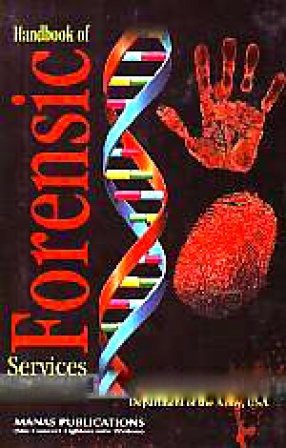Physically and mentally challenged persons are most marginalized and suffer from social deviance, stigma and social exclusion and oppression. As it is estimated that 600 million persons with disabilities are all over the world, while in India about 70 million disabled live. People with disabilities comprise between 4 and 8 per cent of Indian population (around 40-90 million). Census of 2001 reported that 21.91 million (2.13 per cent of total population) people with disabilities while the 2002 NSS Rounds’ disability estimate is 1.8 per cent of the population, which would come to around 1.8 million. NSS Rounds estimates that 8.4 per cent of rural households and 6.1 per cent urban households had a member with disability. The prevalence of disability is increasing as globalization, liberalization and modern life style have promoted accidents rate causing impairments and disabilities. Though, efforts on the part of government agencies and non-government agencies have been made to rehabilitate disabled, however in absence of a national policy on disabled, only a small proportion of disabled has got benefits from rehabilitation services and programmes. The majority of them are living in rural areas where awareness about government programmes and services is very low and thus they are deprived of such benefits. Moreover, poverty, illiteracy, malnutrition, poor health, drug abuse and alcoholism, diseases etc. are causing disabilities and impairments. About half of the disabilities and impairments are presentable therefore strategies and approaches to address them effectively and also to rehabilitate physically and mentally challenged persons are needed to our focused attention. With the change of time, there has been paradigm shifting towards addressing the problem of disability. There is more focus on empowerment and rehabilitation of physically and mentally challenged persons rather than welfare orientation. Twentieth century social theory typically followed medical judgements in identifying disabled people as those individuals with, physical, sensory and cognitive impairments as less than whole, and hence unable to fulfill valued social roles and obligations. This in capacity left them dependent on the productive able bodied. These and other negative associations meant that disability was perceived as a personal tragedy. This encompasses an individual and largely medicalized approach; first disability is regarded as a problem at the individual (body mind) level; second, it is equated with individual functional limitations or other defects: and third, medical knowledge and practice determines treatment option.
Rights of the Disabled: Perspective, Legal Protection and Issues
In stock
Free & Quick Delivery Worldwide
reviews
Bibliographic information
Title
Rights of the Disabled: Perspective, Legal Protection and Issues
Author
Edition
1st ed.
Publisher
Serials Publications, 2008
ISBN
8183871990
Length
xii+340p.
Subjects








There are no reviews yet.